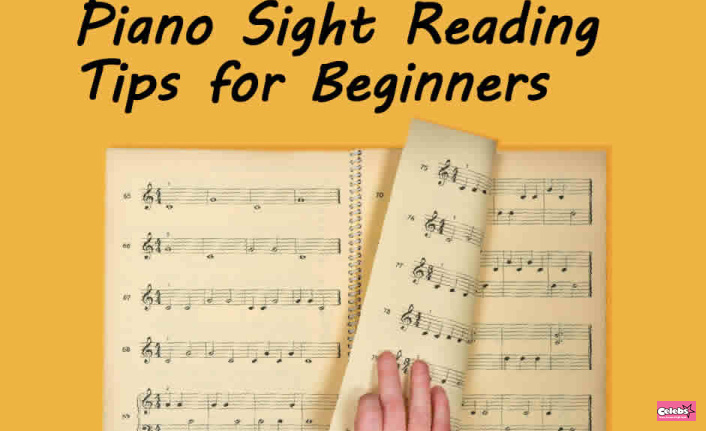One of the keys to getting full enjoyment out of playing the piano is learning how to read sheet music. When you can read sheets well, you open the door to exciting worlds of all kinds of music.
Before jumping into complicated pieces with sophisticated runs, you need to start with something simpler to master the basics of sight reading. Learn the following critical techniques and how piano music notes can help.
Use Beginner Piano Music Notes
When you first learned to read a spoken language, you likely started with primers that put the text in large print. The bigger size helps new readers focus and understand the proper shape and placement of letters.
Learning the language of music follows a similar principle. Beginner notes only show the chords and melody, which are the most essential parts of the song.
The notation also places the corresponding letter inside the head of each note to help your memorization. After some weeks or months where you can play smoothly, you’ll be able to move on to intermediate-level piano music notes.
Review the Piece Before You Start to Play
It might seem like all professionals can just sit down and start playing a piece immediately at first glance, but that isn’t true. While experts can execute complex music quickly, they all realize the value of mental and physical preparation before playing.
Get in the habit of reviewing your piano music notes before you put a hand on the keyboard. Determine the key and time signature to start. Then look for any sections that may briefly change key or have accidentals to avoid surprises.
Practice with a Metronome
The essential elements of music break down into pitch, power, and pace. It’s easy to focus only on getting the notes right, but you have to be able to do so in time to sound good.
Purchase a metronome or use an app on your phone to play with a click track. The natural tendency is to play the easy parts fast and the difficult parts slow. However, a metronome encourages you to ingrain good habits and play everything correctly at a steady pace, minimizing the odds of fumbling around during a performance.
Mix Songs You Already Know with New Ones
Reading piano music for songs you already know is great to help you improve intonation and timing. You should also try to sight-read pieces totally new to you, which tests your ability. Practice playing a song you’ve never heard, then listen to a recording to discover how close you got.
Celebrate Your Progress and Have Fun
You may not always progress as far as you want as fast as you want, but it’s good to recognize how far you’ve come. Record your practice sessions and compare them each week to reflect on your level of improvement. Most important is to enjoy yourself, which is why you started playing!
Sight reading is vital for becoming a well-rounded piano player, so use the preceding tips to boost your aptitude. Also, find excellent piano music notes from a sheet music site such as Musicnotes to help you along.











